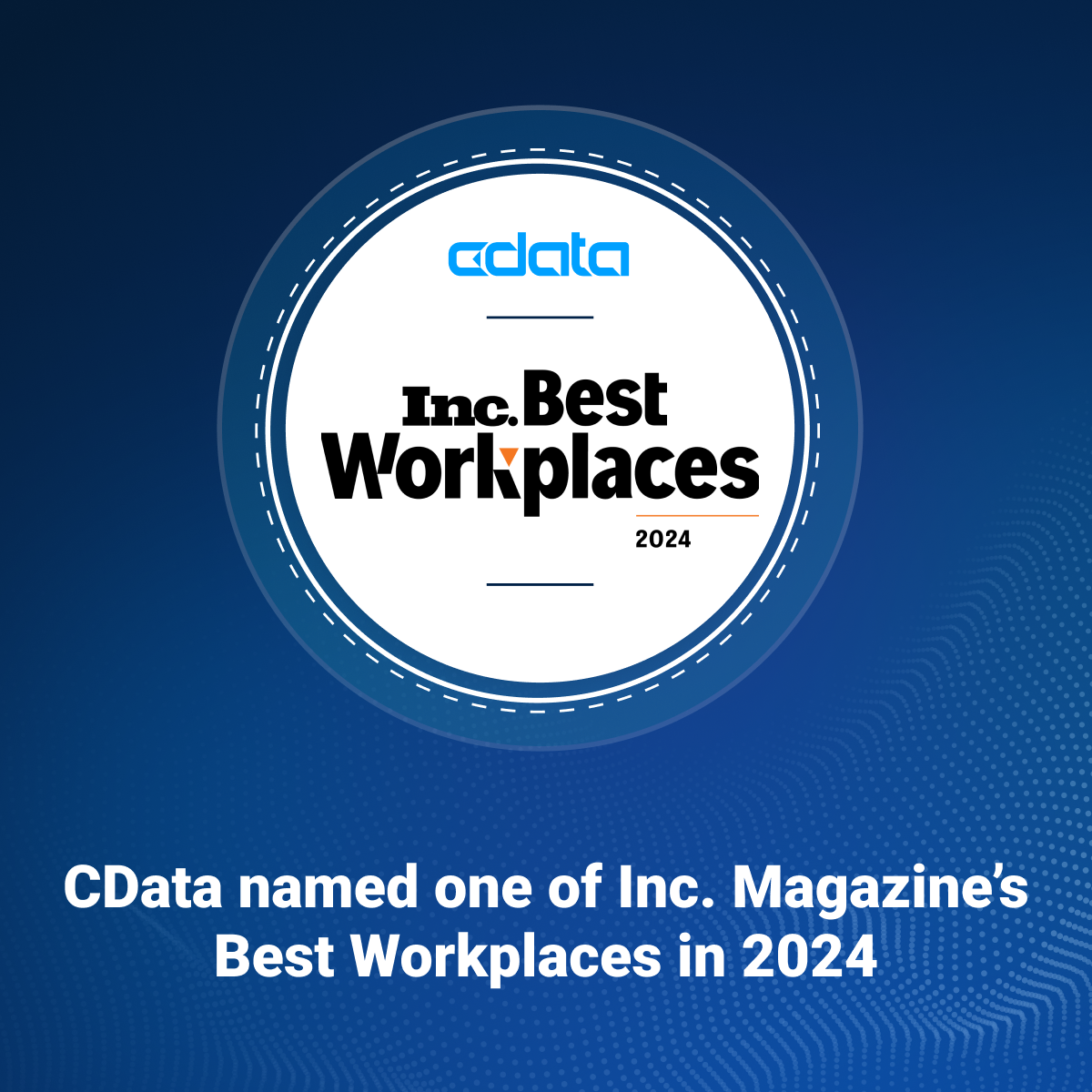Thank you to everyone who joined our recent webinar featuring Kevin Petrie and Nick Golovin on "Five Styles of Data Integration." We gathered some insightful questions from the audience and have provided detailed answers below. We hope these will help you better understand the different data integration techniques and how they can be applied in various scenarios.
Question 1: Competitive Advantage of Reverse ETL
Question: Can you please tell me if Reverse ETL has any competitive advantage over the other techniques? Especially regarding removing silos?
Answer: Reverse ETL, where data is moved from a data warehouse back into an application, complements rather than competes with other data integration techniques. It's not typically used to remove silos but to enhance application data with insights generated from the data warehouse.
Question 2: Managing Dual Virtualizations
Question: What if we have two virtualizations: SAP Data Sphere for ERP and another virtualization for Non-ERP data?
Answer: It is technically feasible to manage two separate virtualization solutions for ERP and Non-ERP data. This approach can be beneficial depending on your specific use cases, and further details can help tailor the solution more effectively.
Question 3: Guidelines for Data Integration Across Organizations
Question: What guidelines can you refer to for two different organizations to work together on integrating data? Any standards?
Answer: Integrating data between two organizations can be effectively managed by implementing a permissions system to ensure data separation. Using a dedicated DV server for each organization and connecting them as data sources is another viable approach.
We invite you to share any further questions or insights on these topics in the comments below. Your engagement helps us all learn and grow together. For more details, watch the full webinar recording here.


